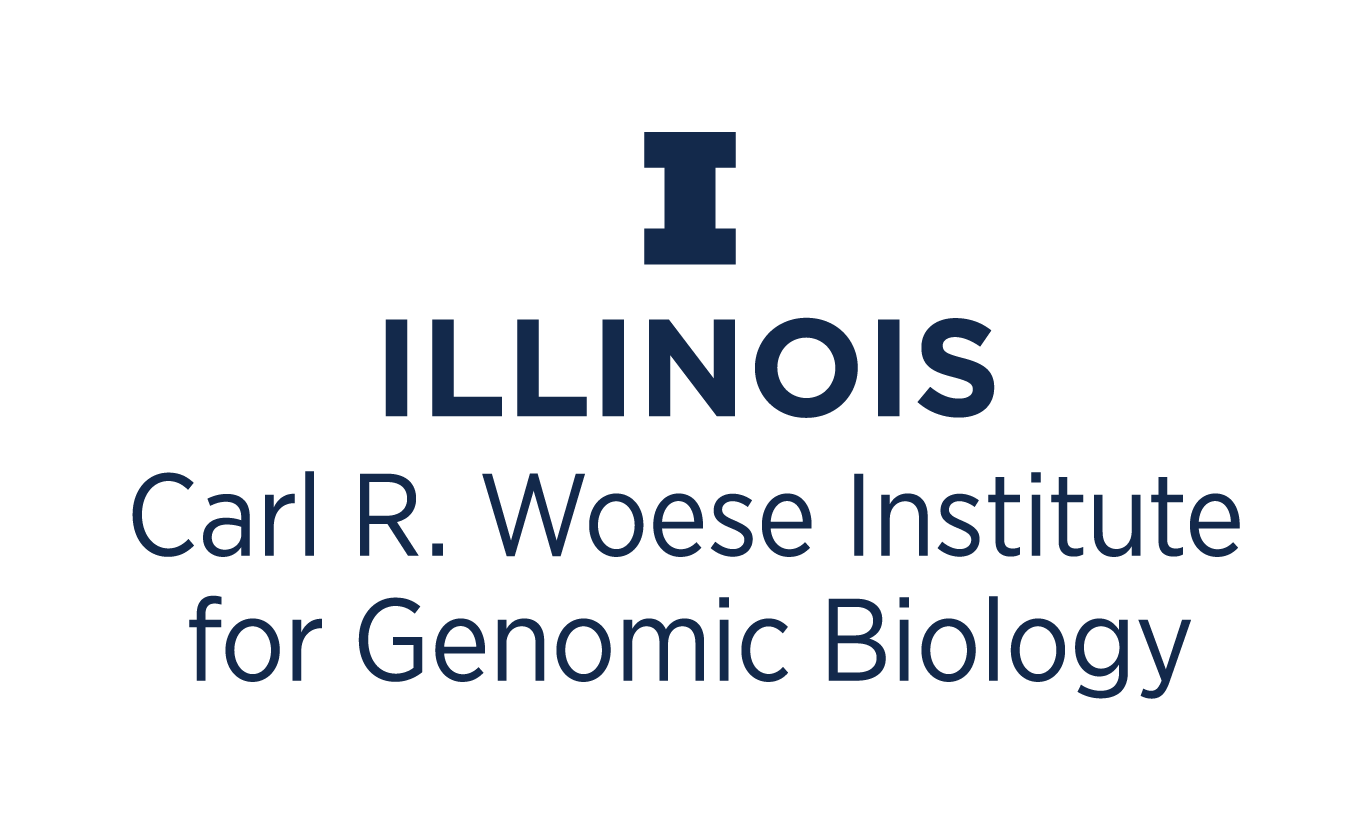By: Janet McGreevy
MNTL & IGB Team Up to Develop Use-at-Home Sample Collection Assay for Cancer Patients
Courtesy of Micro & Nanotechnology Laboratory.
Have you every wondered how ground-breaking, innovative research ideas get their start? How does an interdisciplinary research team come together, with just the right people to move the research forward? The Omics Nanotechnology for Cancer Precision Medicine (ONC-PM) theme is a good case study in how peer networking, collegiality across institutions, and interdisciplinary collaboration contribute to meaningful research that can change the world of medicine.
The theme got its start when Prof. Andrew Smith and Prof. Brian Cunningham co-organized an on-campus symposium in 2015 on the topic of “Super-Resolution Imaging Technologies”. Dr. Manish Kohli from Mayo Clinic attended this symposium, leading to discussion amongst the three regarding the topic of cancer diagnostics. Cunningham explains “The symposium led to some discussion between the three of us, and developing some concepts for new cancer diagnostics that would be capable of being ultrasensitive for the most demanding applications, like detecting a handful of miRNA or mRNA molecules in a single droplet of blood. Manish already had a great collaborator at the University of Wisconsin, Prof. Liang Wang, with expertise in bioinformatics. Together, they had already been clinically validating which biomarkers had concentrations that tracked with successful response to drug therapy.”
This core group of four people next sought to build the team’s bench strength to include collaborators with experience in genomics, bioinformatics, next-generation sequencing, cancer biology, chemistry, and biochemistry. Cunningham took the lead in preparing a proposal to establish a new theme at the IGB at Illinois. Previously, there has not been a similar theme focused on genomics-based diagnostics, and says Cunningham “A campus as strong as ours needs to be at the forefront of this area. IGB is the perfect environment for supporting interdisciplinary science with very ambitious goals.”
Kohli’s efforts to obtain seed funding from a benefactor at Mayo Clinic helped the research team get the technical work off to a strong start, and to build some preliminary data that would strengthen their grant proposals.
The group has been very busy since establishing the ONC-PM research theme. For example, they have been preparing multiple proposals to the National Institutes of Health (NIH) and to the Army, to obtain additional funding to support the work. Kohli is acutely aware of the limitations of existing technology, and Mayo Clinic has been preparing an annotated bio-specimen repository, collecting blood samples from cancer patients, and providing guidance on the type of diagnostics that would make a difference in the way that cancer is managed.
The team’s collaborator at the University of Wisconsin, Prof. Liang Wang, continues to analyze DNA sequencing data from tumors, to identify mutations measured from the blood of cancer patients, leading to the identification of more and more biomarkers that can be incorporated into the diagnostic tests developed by the team.
The team has also hired an IGB Fellow postdoc scientist, Taylor Canady, to join the theme. Canady started work about 4 months ago, and he is making the lab efforts move along very quickly. The team is also setting up lab space in IGB, where they are building a new Photonic Crystal Microscope dedicated to diagnostic purposes.
Their chief goal is to develop use-at-home sample collection assays that can be employed to identify sub-classes of cancer, as well as to track treatment efficacy and progress. Facilities at the Micro & Nanotechnology Laboratory (MNTL) and the IGB will be used to conduct theme research.
Researchers envision the patient using a finger stick to collect a drop of blood that would then be placed into a cartridge and mailed to a laboratory for assessment. With this scenario, the patient should be able to reduce or eliminate clinic visits for routine blood work. Additionally, researchers want to assist clinicians to identify the distinct treatment that is most likely to work for a specific patient.
The team is framing their research in terms of increasing accessibility, reducing costs, and enhancing effectiveness. At the heart of their work is mitigating patient stress, by making the ongoing testing process less invasive and reducing the need to travel so often to a clinic or medical facility.
As you might expect with MNTL involved, developing instrumentation with a smaller—and less expensive—footprint is a primary objective. Cunningham, team lead, describes “…a desktop-sized instrument that may cost only several thousand dollars, rather than a genome sequencing approach that requires a million dollar instrument.”
By: Janet McGreevy
Photos By:

